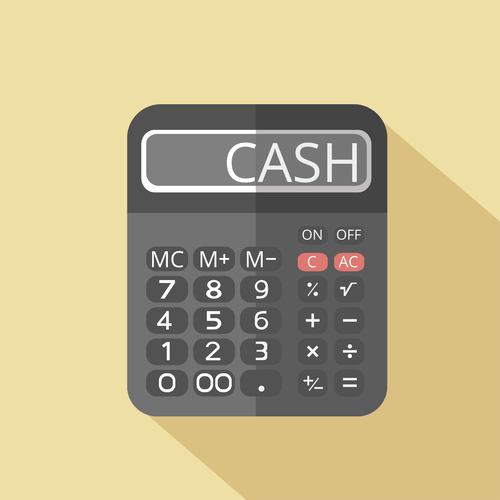Why is Self-Employment Tax Based on 92 35% of Self-Employment Income?

You’ll have to pay self-employment taxes annually, and these taxes are due at the same time that you pay your income taxes. Self-employment tax is meant to pay for the costs usually covered by payroll taxes. This setup means that self-employed individuals must pay tax on their income in addition to paying their self-employment tax. The Social Security percentage only applies to a portion of your self-employment income.
They process your transactions, review your information for accuracy, and are available by message or phone call to talk about your finances. With a subscription, you also get access to unlimited, on-demand consultations for tax advice from a professional who’ll ensure your smoothest tax filing experience yet. Next, multiply your self-employment taxable income by the 15.3% self-employment tax rate.
Self-employment tax calculator: How to figure out what you’ll pay
Logan is a practicing CPA and founder of Choice Tax Relief and Money Done Right. After spending nearly a decade in the corporate world helping big businesses save money, he launched his blog with the goal of helping everyday Americans earn, save, and invest more money. You report your self-employment tax using Schedule SE, which is attached to your Form 1040 when you file it. Let’s start with the easy scenario where you don’t have to worry about that $137,700 limit on earnings subject to the Social Security tax. Well, the short, sweet, and slightly inaccurate answer is that the self-employment tax is 15.3% of your net self-employment income. But there’s a limit on how much in earnings is subject to the Social Security tax; in 2020, this limit is $137,700 (it was $132,900 in 2019), and it gets adjusted for inflation every year.

Learn more about Bench’s small business accounting and tax filing services. For example, say you have a full-time job earning $150,000 for the tax year. You also have a side hustle making custom party cakes that brings in an additional $20,000 per year. In 2022, your employer withholds Social to calculate the taxpayers net earnings from self-employment, 92.35% is multiplied by: Security taxes on $147,000 of your wages. Since you’ve already reached the Social Security wage base, you wouldn’t have to pay the 12.4% Social Security portion of self-employment taxes on your side hustle income. You’d only have to pay the 2.9% Medicare portion of self-employment tax.
Why is Self-Employment Tax Based on 92.35% of Self-Employment Income?
The IRS has specific guidelines on what can and cannot be deducted. Generally, expenses must be both ordinary and necessary to be deductible. Some examples of deductible expenses include costs for advertising, office supplies, rent, utilities, and insurance among others. It’s important to note that not all expenses can be deducted from gross income. Only those that are deemed ’necessary and ordinary‘ for the business can be deducted.
- Additional Medicare tax applies to self-employment income above a threshold.
- Well, the short, sweet, and slightly inaccurate answer is that the self-employment tax is 15.3% of your net self-employment income.
- Schedule SE (Form 1040) is used to report your self-employment taxes to the IRS.
- Refer to our section below with instructions for high earners under step 4, and we’ll explain how to calculate the tax on this income.
- This is done by subtracting your total deductible expenses from your gross income.
- The type of job makes no difference to the IRS; it all comes down to your income threshold.
If your adjusted gross income (AGI) falls below a certain threshold, you’re entitled to a tax credit as high as $6,935. Business owners can take advantage of other tax deductions as well. To qualify as a tax-deductible expense, these items must be used for the express purpose of generating income. To be clear, this means that you’ll pay self-employment tax even if you have a regular job. If the income from your side hustle reaches $400, you’ll have to report this net income on your tax return.
Self-employment tax: What it is and how it works
Here’s what self-employment tax is, how it works and how you can save. Let’s say your net earnings from self-employment were $150,000 for 2022. Only $147,000 of your earnings are subject to Social Security taxes, so we have to add an extra step in the calculation.

In addition, when you work for another business, your Social Security and Medicare taxes are split between you and your employer. This arrangement means that you’ll pay 7.65%, and your employer will pay the other 7.65%. If you’re newer to self-employment, handling self-employment tax may seem very different from having tax withholdings automatically taken out of your paycheck. And if you have concerns about filing correctly, you can always consult a tax professional. For Medicare taxes, employees and employers are taxed at a rate of 1.45%, meaning self-employed workers are taxed at 2.9%.
